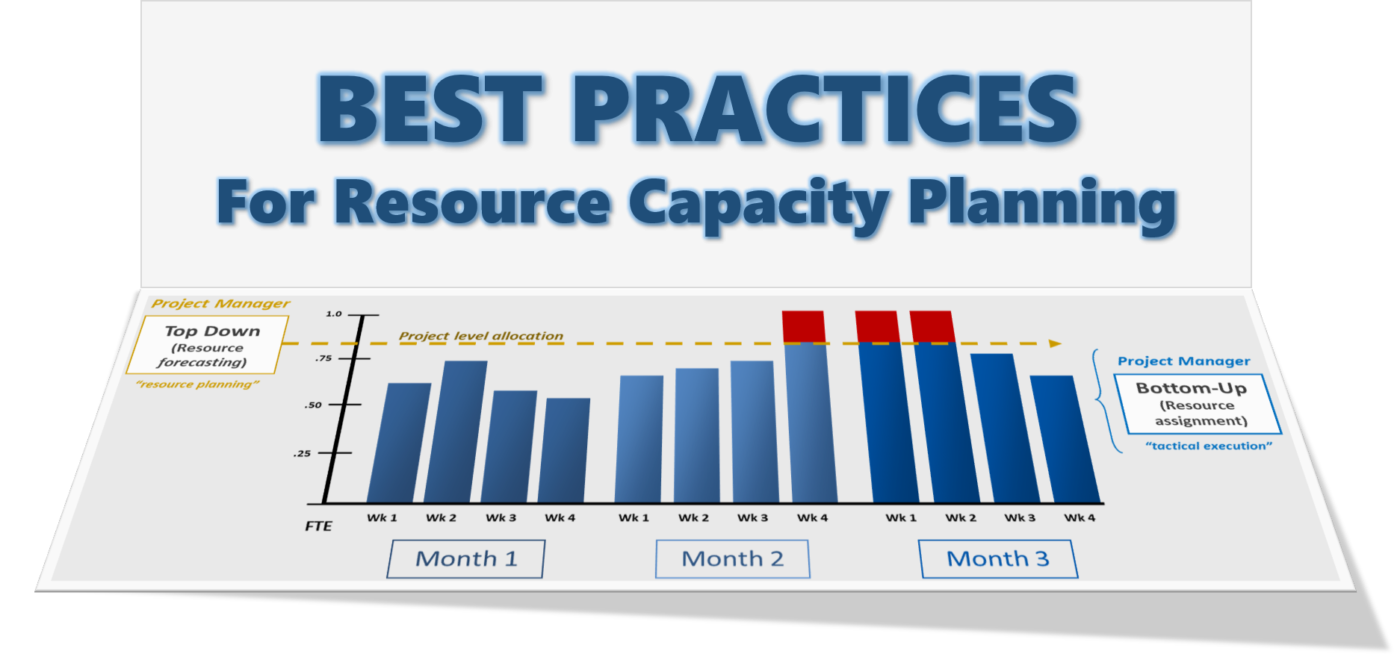Best Practices for Resource Capacity Planning
Resource capacity planning is one of the most commonly cited functions of project portfolio management. Senior leadership rightly wants to understand whether they have adequate resources to take on more project work and whether their existing work will get done on time. Most companies recognize the scarcity of resources to do project work and thereby look for portfolio capacity views to answer these two important questions:
1) When can we take on new projects?
2) Can we get our existing work done?
As we have covered in our earlier article, resource capacity planning may sound simple – compare resource estimates against available time to work. In practice, however, it is one of the hardest components of project and portfolio management to do right. Companies that can successfully manage resource capacity can also effectively optimize their portfolio value. In this post we will cover the best practices of how to get started with resource capacity planning.
Quick Review of Resource Capacity Planning
Resource capacity planning is about comparing forecasted resource utilization (future-looking view) of project resources against available capacity to get project work done. Forecasted utilization is the level of effort an individual spends on work (project work, operational work, etc.) over a course of time. Capacity is the standard amount of time an individual is available to do work.
We can also differentiate portfolio capacity planning from project resource planning with simple definitions.
- Capacity planning: focused on organizational availability (supply and demand) of project resources to get project work done.
- Resource planning: focused on allocating people to projects based on their role and skills to get work done.
In practice, however, capacity planning and resource planning must come together to effectively manage portfolio-level resource capacity.
We covered the components of resource capacity planning shown in the diagram below in far more detail in our other article and video. Now let’s turn our attention to best practices on how to get started with portfolio resource management.
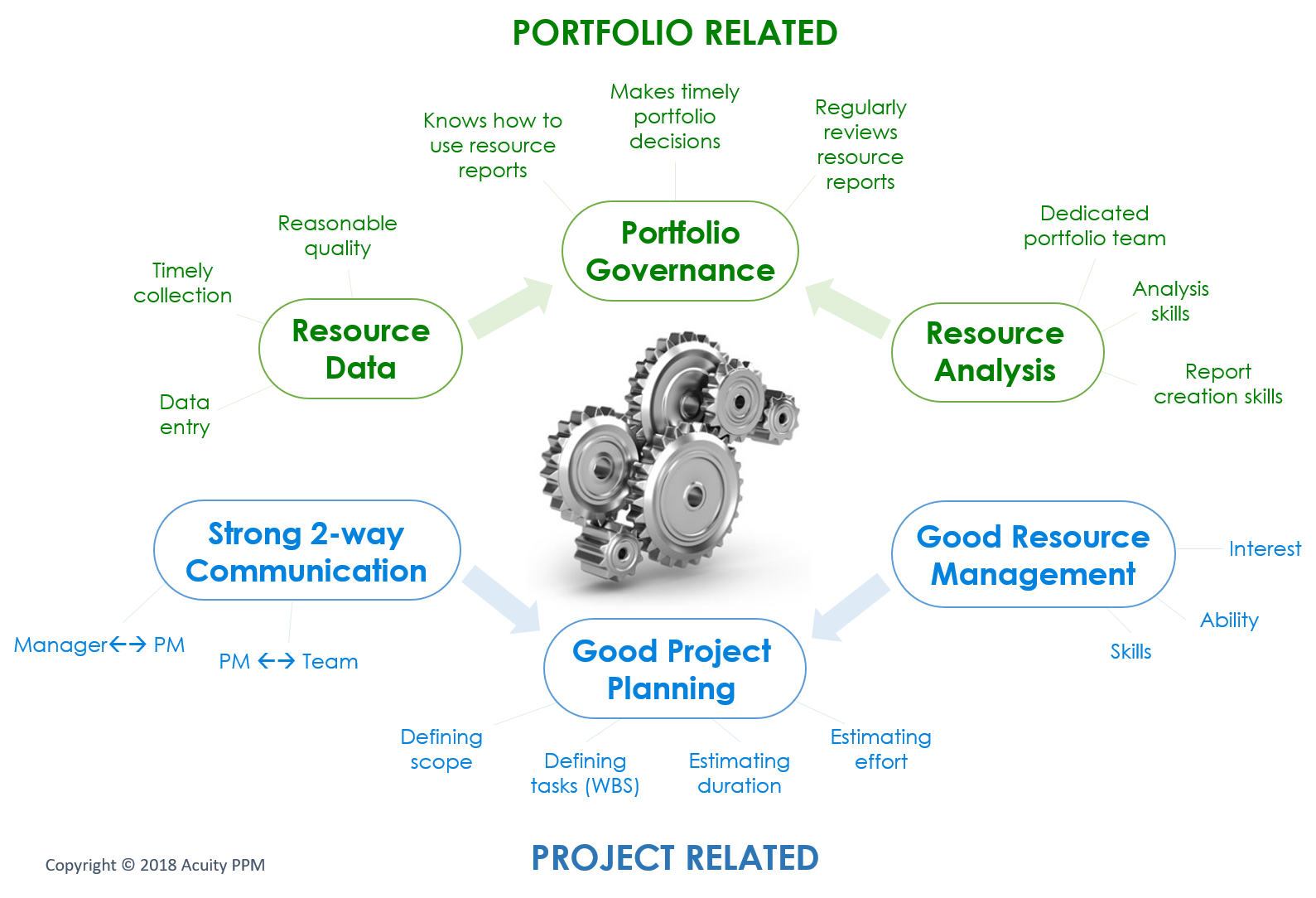
The Project and Portfolio Components of Resource Capacity Planning
VIDEO: Resource Management Made Easy
Best Practices in Getting Started with Resource Capacity Planning
Fundamentally, resource capacity planning begins with project planning. Once reasonable project planning has been conducted, a portfolio management team or PMO can aggregate project planning data to evaluate portfolio level resource capacity. In this section we want to review best practices related to project planning and portfolio capacity reviews.
Initial Setup – Define What You Are Measuring
Portfolio resource management requires some up-front setup to get started. Following this, there is ongoing maintenance and support, which is covered below in greater detail. Firstly, we will outline the recommended best practices for setting up resource capacity planning.
Best practices for resource capacity planning (initial process setup)
- Define the resource pool: before trying to capture resource information for every possible project resource, focus on capturing resource estimates for your most critical resources. Companies do not need to estimate the resource utilization of every project resource for every project. In practice, there are usually a limited number of people in high demand across projects. These are your critical resources (also known as bottleneck resources in relation to critical chain project management). Capturing the resource forecasts for this smaller resource pool will still yield high value with less effort while filtering out the noise. If these critical resources are over-utilized, it often doesn’t matter if everyone else has availability; those key resources really control the flow of work and the ability to get project work done on time.
- Define level of granularity: we strongly advocate that monthly resource forecasts be collected at the project level. Collecting quarterly estimates may not yield good enough data, and most companies do not have the organizational agility to truly utilize weekly estimates. Furthermore, trying to get more granular data at the task level is a waste of time and a nightmare to maintain. Understanding the relative utilization month over month is good enough. We also believe that it is relatively easy to identify the named resources working on a project. In most instances, it is very easy to identify the specific people of the most critical roles working on the project.
- Carve out operational time: very few people spend 100% of their time on project work, so to get a reasonably accurate resource picture, you need to account for the amount of time each person does operational work (e.g. day to day work, emails, meetings, etc.).
- Define when to collect resource information: the initial resource plan should be developed during the project initiation phase (or planning phase at the latest). This may also coincide with a Work Intake process or Gate Review process.
These are the recommended best practices for getting started with resource capacity planning at a project level. The next section will cover the matter of project planning. There is another set of work to define the processes for resource management and senior leadership involvement that will be covered in the section on reviewing portfolio resource capacity.
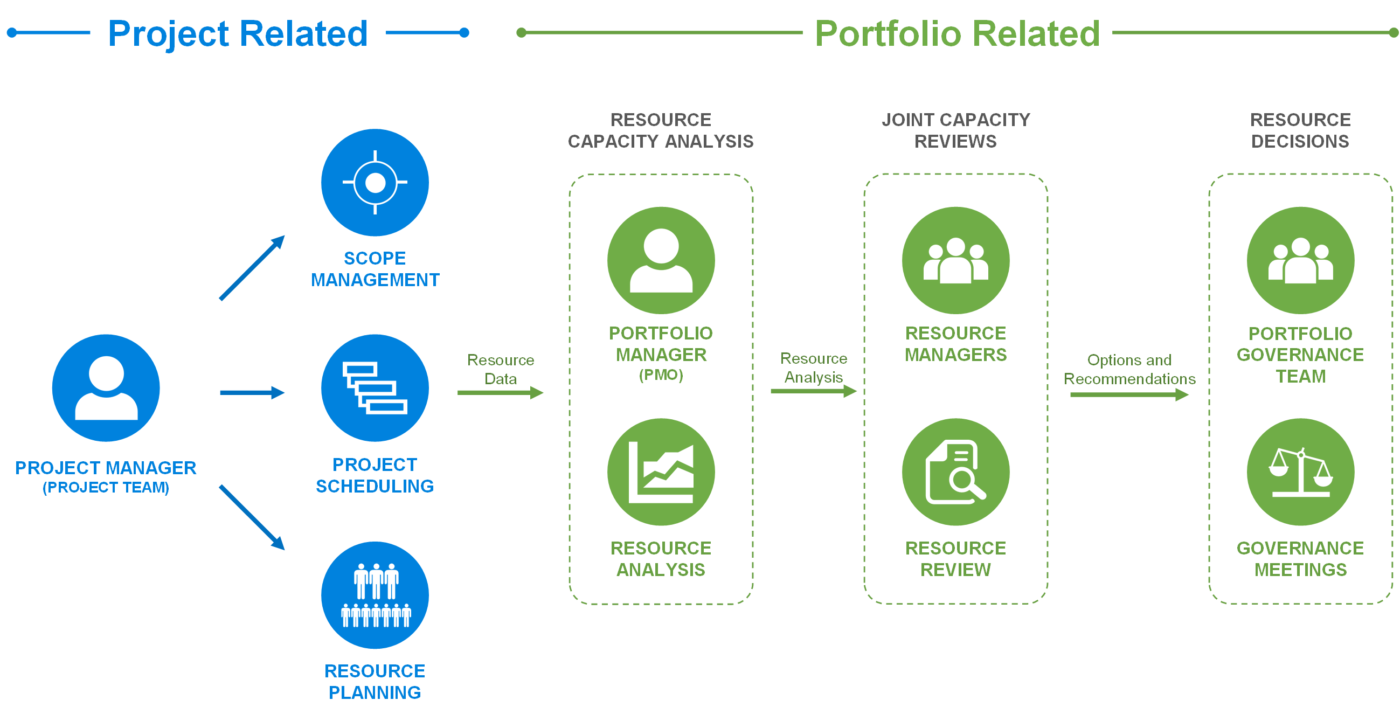
Best Practices for Resource Capacity Planning
Effective Project Planning
Capacity planning is based on effective project planning. Sound project planning is a best practice (and essential practice) for resource capacity planning. In order to effectively collect the right data to manage resource capacity, organizations must have fundamental project planning processes in place. These planning processes do not have to be advanced or elaborate, but they do need to be consistent.
Plan the Work
Effective project planning requires teams to understand what work needs to be done; specifically, what is in scope and what is out of scope? Good project planning requires managing project scope. When project teams do not understand the boundaries of their project and what they are trying to accomplish, the likelihood of success decreases. Scope management is critical for successful project management.
The first best practice in resource capacity planning is to conduct adequate project planning; planning processes do not have to be advanced or elaborate, but they do need to be consistent.
Scope planning in the initiation phase of a project should be conducted regardless of methodology. A project team should have some high-level understanding of what the project is doing and what it is not doing. Some companies believe that Agile project management means that this level of project planning is unnecessary. Lower-level features and functionality may be planned at the sprint level, but a project team needs to know at some level of detail what they are developing. Agile project management is not an excuse to ignore up front planning. Scope management and high-level project planning are best practices regardless of project methodology.
Once the scope is well understood, teams can begin planning major activities. This involves estimating the duration and effort of those activities. The more experience Project Managers and their project teams have with project planning, the most detailed they can be and the more accurate their estimates become. However, many companies do not have enough trained Project Managers and should therefore focus on fundamental practices without worrying about getting overly detailed estimates.
Estimation is an important topic even of itself. There are different methods of estimating that project teams should learn to utilize. The key is to find tools and techniques that help the team build an effective project plan. One of the best practices of project planning is to get the people who will do the actual work to help with estimation.
Best practices for resource capacity planning (project planning):
- Conduct consistent planning across projects
- Regardless of methodology, clarify high-level scope for every project
- Involve project team members in planning and estimation
- Learn techniques that will help improve estimation over time
- Communicate with Resource Managers about team assignments; never rely on software to replace good old communication
Project Resource Planning
Once a project plan is reasonably developed with a project schedule; the team should also develop a project resource plan. This involves knowing which roles are needed for the project, the specific people who will fill those roles, and the amount of effort needed across a period of time to get the work done.
Best Practices in Resource Capacity Planning (Resource Granularity)
Project resource plans do not need to be as detailed as a project schedule. In fact, companies getting started with resource capacity planning should not try to manage detailed resource utilization at the task level; this is a trap that companies fall into. It is logical to think that the more granular the resource estimates come in, the more accurate the data. In reality, the opposite ends up happening. Instead, have each team member estimate their monthly forecasted utilization based on their understanding of the work. These top-down resource estimates will often be ‘good enough’ for portfolio level capacity planning. Remember, the goal is to understand relative utilization across all projects in the portfolio in order to answer our two key questions mentioned above.
Another recommendation is to capture named resource utilization. Some people may advocate that capturing role-based information is sufficient, but when we try to use this data for portfolio capacity planning purposes, it is not that useful. The fact is, Project Managers should know the names of the people actually doing the work, so why not capture it? By keeping project resource plans at the project or phase level, it makes it easier to maintain named resource forecasts.
Resource planning best practices (project resource planning):
- Keep it simple
- Estimate resource time at the project level (or phase level if appropriate)
- Do not try to capture granular task-level utilization
- Do not try to capture skill-based information to start; knowing key roles is good enough to get started
- Start with simple ‘top-down’ resource forecasts across the needed time frame and adjust the utilization as needed (also known as resource profiling)
- Monthly utilization is often good enough for portfolio capacity planning
- Do not try to estimate everyone’s time; focus on those critical resources who are in high demand. This will still yield high value from a portfolio capacity perspective.
- Resource plans should be developed in the initiation or planning phases of a project
- During project execution, the resource plans should be updated periodically (keeping the resource plan simple makes it easier to maintain)
- The goal is ‘good’ data, not ‘perfect’ data

Portfolio Capacity Planning Review
The hardest work in the capacity planning process is to collect solid resource plans across all projects. Once these resource plans have been created, the next step is to aggregate and analyze the data in order to evaluate the portfolio. Even basic capacity planning takes time and effort to be successful. We will help you avoid common pitfalls that organizations run into, but resource capacity planning still requires some level of effort to be useful and effective. We will look at three key roles involved at the portfolio level: the Portfolio Manager, the Resource Manager, and the Portfolio Governance team. Please note, that we will save our conversation on capacity planning tools until the end.
The Role of the Portfolio Manager
Capacity planning does not happen by itself. You need someone who will develop and shepherd the capacity planning process and support Project Managers to create resource plans. You also need someone who can analyze the data and provide timely recommendations to the Portfolio Governance team; this is the role of the Portfolio Manager.
While the PMO directly owns project management processes, the Portfolio Manager (or PMO Director) is the process owner for the portfolio resource management process. The Portfolio Manager(s) work with the Project Management Office (PMO) and the Project Managers to aggregate resource data. This may require the Portfolio Manager to take an administrative role to remind and guide the Project Managers to develop and update their resource plans according to the process.
The Portfolio Manager also needs to have adequate analytical skills in order to analyze resource data and assess resource capacity at the portfolio level. Resource analysis takes into account:
- Role-based utilization
- Individual utilization
- Project priorities
- Start/end dates
The Portfolio Manager needs the right portfolio-level resource charts in order to do resource analysis. Based on this analysis, the Portfolio Manager should synthesize current priorities and strategic goals against resource availability in order to develop recommendations that assist the Portfolio Governance team make better decisions.
Best practices for portfolio resource management (Portfolio Manager):
- Identify at least one person responsible for coordinating and analyzing resource data
- Give the Portfolio Manager oversight of the process
- Data analysis skills
- Soft leadership skills for working with Project Managers
- Develop recommendations for the Portfolio Governance team based on resource analysis
- Share resource capacity analysis as part of the portfolio communication plan
Many people associate the need for resource capacity planning with the additional need for time tracking, thinking that they cannot measure resource capacity unless they also track time. This is one of the most common misunderstandings with resource capacity planning. Time tracking looks back to the past, resource planning looks forward to the future (forecasts); do not mistake these two.
Resource Data Analysis
The goal of resource analysis is to answer our two key questions: can we take on new work? And, can we get our existing work done? The most common trigger for this analysis is new project requests. Before new project proposals come to the Portfolio Governance team, there should be some analysis on the resource impacts due to the new requests to determine whether there are available resources to support the requests and whether existing projects would be negatively impacted. Based on this analysis, the Portfolio Manager can make specific recommendations back to the portfolio governance team. In the future, we believe that Artificial Intelligence (AI) and Machine Learning will help inform and make recommendations on optimal resource utilization.

Resource planning best practices (Resource Data Analysis):
- Use simple resource utilization categories such as “Available”, “At Risk”, “Over-Utilized”
- Define thresholds for when roles and individuals are “available”, “at risk”, or “over-utilized”; this will make the analysis much easier.
- Start by looking at the over-utilized roles and then drill down to specific people. It is possible for a team to be over-utilized yet have at least one person who can take on more work (this usually means that someone else has too much work that needs to be re-assigned).
- Resource teams with an average utilization that puts them “at risk” or “over-utilized” represents a real resource risk to the portfolio.
- Keep it simple; filter out noise by focusing on key resource roles and a few specific individuals; too much data will over-complicate resource analysis.
The Role of the Resource Manager
A Resource Manager is often a first-level manager responsible for a team of people who is responsible for maintaining oversight of the team and allocating them to project and directing operational work. In many cases, before an individual can support a project, the Resource Manager has to approve the assignment. Hence, the Resource Manager has an important role in resource plans and capacity planning in general.
Best practices for resource capacity planning (Resource Manager):
- Talk with Project Managers about the scope of project work
- Talk with resources on your team to match skills and interest with the project
- Monitor operational work for your team to help determine project capacity
Joint Capacity Reviews
Joint resource capacity reviews are an emerging best practice for managing resource capacity. Joint Capacity Review meetings involve the Portfolio Manager with key Resource Managers to review upcoming project proposals that will impact resource capacity. The purpose of the meeting is to evaluate potential impacts and generate recommendations back to the Portfolio Governance Team. In practice, the Portfolio Governance Team does not have the time to analyze and sift through the vast amounts of resource data. Instead, the Portfolio Manager should have done some analysis prior to a Joint Capacity Review meeting to highlight expected bottlenecks and over-utilization based on incoming project proposals. The Portfolio Manager with the Resource Managers can collectively develop a few key recommendations to assist the Portfolio Governance Team with making the right portfolio decisions. The Resource Managers are not the final decision makers, but are close enough to the work to develop solid recommendations for the Portfolio Governance Team to review. By providing a limited set of recommendations, governance meetings are more efficient and better decisions are made.
The Role of the Portfolio Governance Team
The senior leaders on the Portfolio Governance team are the ones to make key decisions about the portfolio. These decisions center around: approving new projects (Work Intake), gate reviews (Phase-Gate), prioritization, and portfolio planning (including managing project interdependencies). Resource capacity is a major input to these decisions. The Portfolio Governance team should only approve projects based on priority and resource availability. This is one reason why a good Work Intake process is so critical to making portfolio management work.
In general, do not merely share resource capacity information with the Portfolio Governance team. These senior leaders do not have the time to study the data and will not often be able to synthesize the information during a governance meeting. Instead, provide options for them to select and let them discuss and decide the best action to take based on the information provided. There are a few fundamental actions the Portfolio Governance team can take to address over-utilized resources:
- Proactively re-negotiate new completion dates (adjust project/portfolio schedules)
- Hire more resources (adjust portfolio budget)
- Put lower priority work on hold (or defer) to free up resource time or stop new projects from entering the portfolio (adjust portfolio scope)
- Do nothing (accept over-utilization and ask teams to work around it)
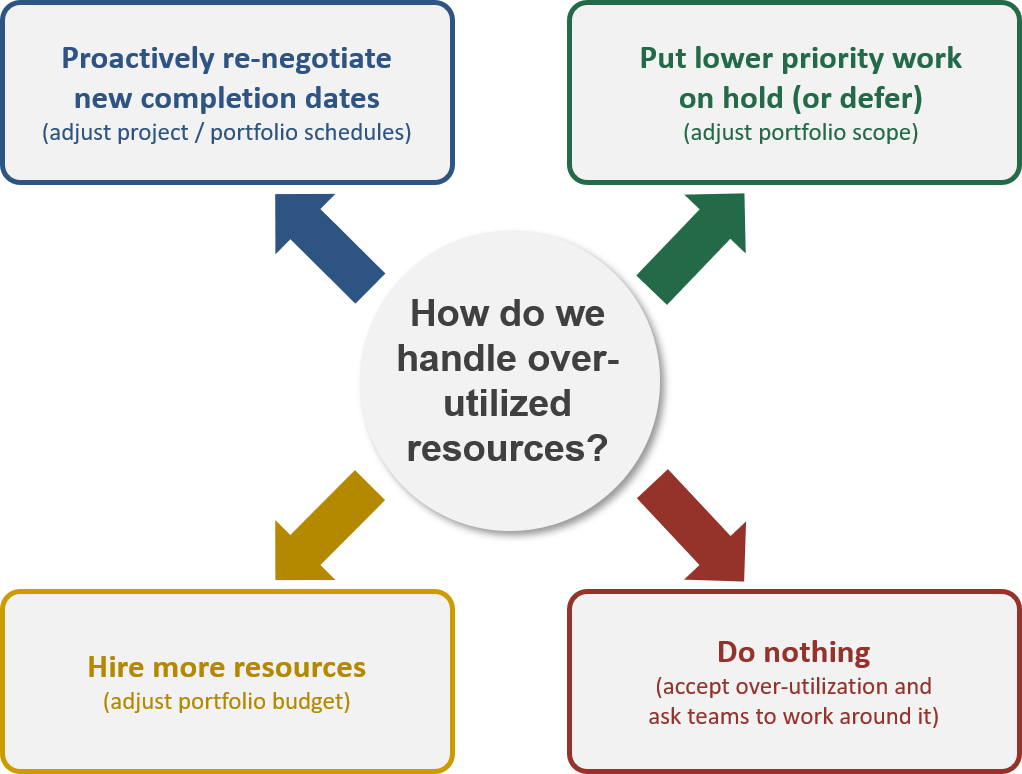
The best approach is for the Portfolio Governance team to ensure that resources are available when approving new projects. This protects resource capacity and protects portfolio delivery.
Best practices for resource capacity planning (Portfolio Governance Team):
- Utilize resource capacity information during key decision-making meetings such as reviewing new proposals or Phase-Gate reviews
- Let the Portfolio Governance team review options based on resource capacity information in order to make better decisions
Define the Process and Timing for Collectively Reviewing Resource Information
In order to make the resource management process run more smoothly, define the process for collectively reviewing resource information with the PMO, Resource Managers, and Project Managers before sharing this with the Portfolio Governance team. This is an emerging best practice for resource capacity planning to ensure that managers and senior leaders have timely visibility of resource data. Structuring your project review process so that there are several projects to review will actually help with establishing resource capacity planning, because Senior Leaders will have to review multiple projects at one time. Furthermore, a periodic resource planning meeting with impacted Resource Managers can provide timely collaboration and help surface resource risks (and solutions) before meeting with the Portfolio Governance team.
Best practices for resource capacity planning (timely reviews):
- Establish a regular time to meet with Resource Managers to collectively review project resource information
- Let Resource Managers adjust estimates based on other work that is going on (i.e. adjust estimates based on their understanding of project priorities)
- Use the meetings to help plan when resources will be available to start new work
A Word About Time Tracking
Many people associate the need for resource capacity planning with the additional need for time tracking, thinking that they cannot measure resource capacity unless they also track time. This is one of the most common misunderstandings with resource capacity planning. Time tracking looks back to the past, resource planning looks forward to the future (forecasts); do not mistake these two.
There are legitimate reasons to track time, but your organization does not have to track time in order to begin assessing resource capacity at the portfolio level.
Another common myth is that time tracking will help improve future estimates. Very few companies have the luxury of going back after several months on a project to compare their forecasts with the actual time spent. Unless you track time at the task level, it is not likely going to help improve forecasting. There are other tools and techniques that teams can utilize to improve forecasts (e.g. planning poker).
One area where time tracking can be effective is to track how much time is spent on operational work. With this data you can then determine what the actual project availability is for individuals and teams. I have applied a 6-month moving average to operational time in order to estimate actual project availability. I saw one other Tech company apply this technique successfully as well.
Resource Capacity Planning Software and Tools
This last section covers the tools for effective resource capacity planning. We will compare common spreadsheets with dedicated portfolio management software.
Spreadsheets for Resource Capacity Planning
The short answer is – do not use spreadsheets for resource capacity planning. Watch our video on the challenges of using spreadsheets for project portfolio management to learn more. There are significant challenges with the use of any spreadsheet. With a VERY small set of resource data, you can track a few key team members across projects, but without a dedicated PPM software solution, it will be difficult to analyze and pivot the data to get the information you need.
Manage Resource Capacity with Acuity PPM Project Portfolio Management Software
Most project portfolio management software will allow you to capture resource data and analyze resource capacity. Many dedicated project management tools will not allow you to do this across the portfolio, which is why portfolio management software is valuable. However, some portfolio resource management software is difficult to use and comes with a poor user experience. You do not need complex PPM software in order to get started with portfolio resource management. Most organizations will benefit from lightweight PPM software such as Acuity PPM. Acuity PPM is an excellent lightweight project portfolio management solution that replaces spreadsheets. Acuity PPM helps you track project performance, report project and portfolio status to senior leaders, manage and prioritize incoming project requests, visualize strategic roadmaps, allocate resources and manage resource capacity. All of this helps enable strategic agility in a changing environment. The Acuity PPM resource management module lets you set up a resource pool, create project level resource plans, assign team members, and aggregate resource data to the portfolio level.
A resource capacity planning tool will help you better manage resources at the portfolio level. Keep in mind that some solutions will be more user friendly than others. Some PPM solutions required in-depth resource tracking and should only be used if you are an advanced and mature PMO. Otherwise, for organizations getting started, lightweight PPM software is not only adequate but it will quickly help you make progress.
Best practices for resource capacity planning (resource capacity planning tools):
- Keep it simple
- Use a resource dashboard to quickly identify how many teams are available, at risk, or over-utilized
- Capture resource plans at the project level (or phase level)
- Use a heat map to quickly identify months that are at risk or over-utilize
How Artificial Intelligence Will Impact Portfolio Resource Management
Artificial intelligence (AI) will have a major impact on an organization’s ability to manage resource capacity. Generally speaking, most companies do not have enough skilled analysts to analyze resource capacity and help make recommendations. Some organizations do not even have enough Project Managers, let alone Portfolio Analysts trained and equipped to do in-depth resource management. Artificial intelligence will open up new analysis possibilities for many organizations to get help alerting PMO Directors and the portfolio governance team about over-utilized resources and how to address the issue. Artificial intelligence will help make better recommendations during the Work Intake process so that teams are not over-utilized. Moreover, as AI improves, true portfolio optimization and resource optimization will be made possible.
[activecampaign form=3]
Tim is a project and portfolio management consultant with over 15 years of experience working with the Fortune 500. He is an expert in maturity-based PPM and helps PMO Leaders build and improve their PMO to unlock more value for their company. He is one of the original PfMP’s (Portfolio Management Professionals) and a public speaker at business conferences and PMI events.
What is the difference between capacity planning and resource planning?
Capacity planning is focused on organizational availability (supply and demand) of project resources to get project work done. Resource planning is focused on allocating people to projects based on their role and skills to get work done.
What are resource capacity planning best practices related to project management?
Conduct consistent planning across projects; regardless of methodology, clarify high-level scope for every project; involve project team members in planning and estimation; learn techniques that will help improve estimation over time; communicate with Resource Managers about team assignments; never rely on software to replace good old communication.
What are best practices related to project resource planning?
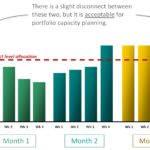
Keep it simple; Estimate resource time at the project level (or phase level if appropriate); Do not try to capture granular task-level utilization; Do not try to capture skill-based information to start; knowing key roles is good enough to get started; Start with simple ‘top-down’ resource forecasts across the needed time frame and adjust the utilization as needed (also known as resource profiling); Monthly utilization is often good enough for portfolio capacity planning; Do not try to estimate everyone’s time; focus on those critical resources who are in high demand. This will still yield high value from a portfolio capacity perspective; Resource plans should be developed in the initiation or planning phases of a project; During project execution, the resource plans should be updated periodically (keeping the resource plan simple makes it easier to maintain); The goal is ‘good’ data, not ‘perfect’ data.
What are best practices related to resource capacity data analysis?
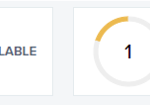
Use simple resource utilization categories such as “Available”, “At Risk”, “Over-Utilized”; Define thresholds for when roles and individuals are “available”, “at risk”, or “over-utilized”; this will make the analysis much easier; Start by looking at the over-utilized roles and then drill down to specific people. It is possible for a team to be over-utilized yet have at least one person who can take on more work (this usually means that someone else has too much work that needs to be re-assigned); Resource teams with an average utilization that puts them “at risk” or “over-utilized” represents a real resource risk to the portfolio; Keep it simple; filter out noise by focusing on key resource roles and a few specific individuals; too much data will over-complicate resource analysis.
Never miss an Acuity PPM article
Don't take our word, listen to what others are saying:
"I find value in all of your articles."
"Your articles are interesting and I am sharing them with my team who have limited project knowledge. They are very useful."


